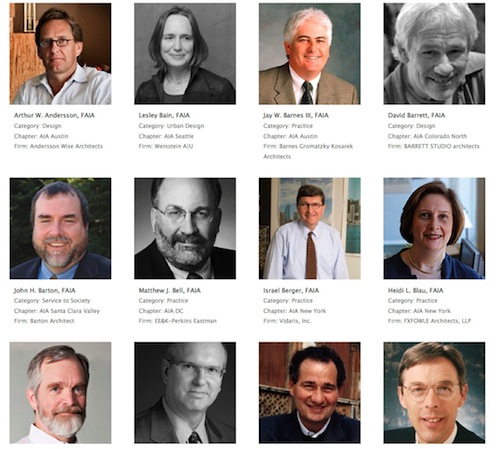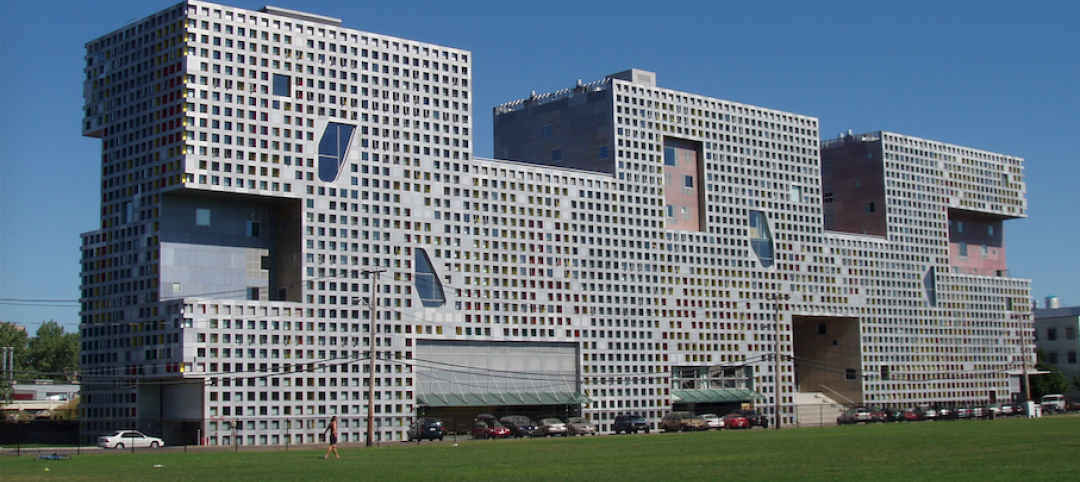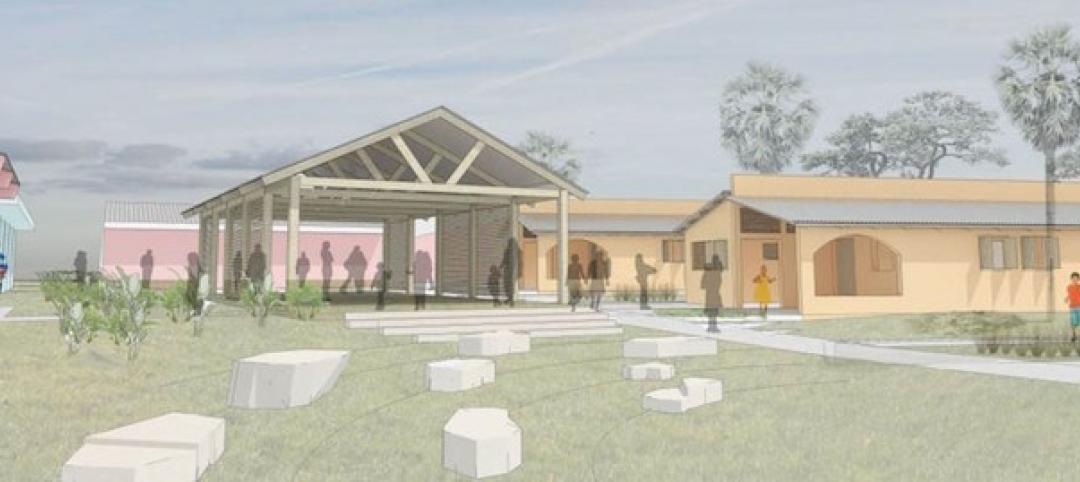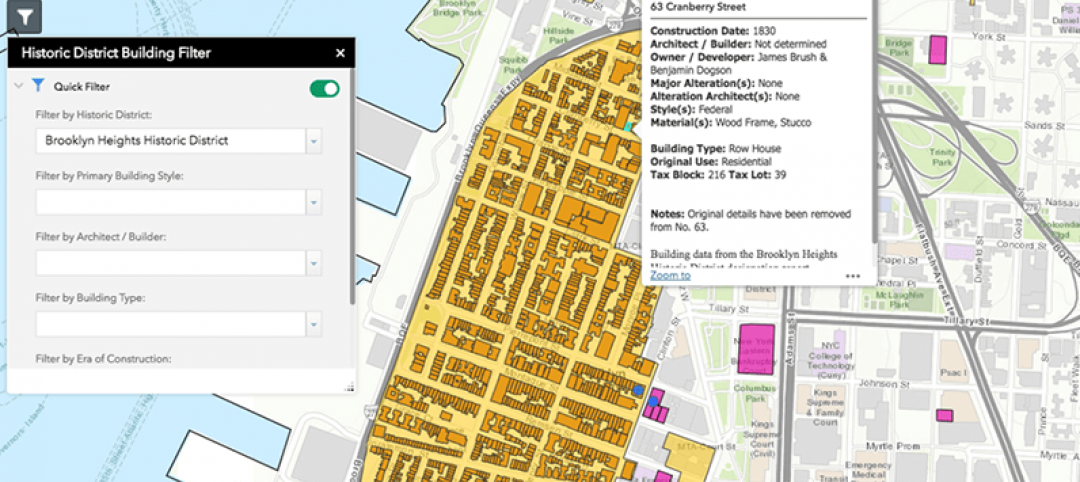The 2013 Jury of Fellows from the American Institute of Architects (AIA) elevated 122 AIA members to its prestigious College of Fellows, an honor awarded to members who have made significant contributions to the profession. The 2013 Fellows will be honored at an investiture ceremony at the 2013 National AIA Convention and Design Exposition in Denver.
SEE THE LIST OF 2013 AIA FELLOWS
The Fellowship program was developed to elevate those architects who have made a significant contribution to architecture and society and who have achieved a standard of excellence in the profession. Election to fellowship not only recognizes the achievements of architects as individuals, but also their significant contribution to architecture and society on a national level.
2013 Jury of Fellows
Linda Searl, FAIA, (jury chair) Searl Lamaster Howe Architects; John Castellana, FAIA, TMP Architecture, Inc.; Brian Dougherty, FAIA, Dougherty + Dougherty Architects, LLP; Leevi Kiil, FAIA, Leevi Kiil Architect; Susan Maxman, FAIA, SMP Architects LTD; Craig Rafferty, FAIA, Rafferty Rafferty Tollefson Lindeke Architects and Raymond Yeh, FAIA, Yeh Studio.
Out of a total AIA membership of over 83,000, there are just over 3,100 distinguished with the honor of fellowship and honorary fellowship. The elevation to fellowship is conferred on architects with at least 10 years of membership in the AIA in one or more of the following nomination categories:
1. Promoted the aesthetic, scientific, and practical efficiency of the profession
2. Advanced the science and art of planning and building by advancing the standards of architectural education, training and practice
3. Coordinated the building industry and the profession of architecture through leadership in the AIA or other related professional organizations
4. Advanced the living standards of people through an improved environment
5. Made the profession of ever-increasing service to society
Included in the list below are the newly elevated members, their component affiliation and category for which they were elevated.
2013 Fellows
Included in the list below are the newly elevated members, their component affiliation and category for which they were elevated. You can follow the link below to view a more detailed list that includes images: http://www.aia.org/practicing/awards/2013/fellows/index.htm.
About The American Institute of Architects
Founded in 1857, members of the American Institute of Architects consistently work to create more valuable, healthy, secure, and sustainable buildings, neighborhoods, and communities. Through nearly 300 state and local chapters, the AIA advocates for public policies that promote economic vitality and public well being. Members adhere to a code of ethics and conduct to ensure the highest professional standards. The AIA provides members with tools and resources to assist them in their careers and business as well as engaging civic and government leaders, and the public to find solutions to pressing issues facing our communities, institutions, nation and world. Visit www.aia.org.
Related Stories
Architects | Jan 8, 2018
Catherine Selby joins Dattner Architects’ partners group
Selby joins Principals Paul Bauer AIA; Richard Dattner FAIA; Jeff Dugan AIA; Beth Greenberg AIA; Daniel Heuberger AIA, LEED AP; Kirsten Sibilia Assoc. AIA; William Stein FAIA; and John Woelfling AIA, LEED AP in leading the 115-person firm.
Big Data | Jan 5, 2018
In the age of data-driven design, has POE’s time finally come?
At a time when research- and data-based methods are playing a larger role in architecture, there remains a surprisingly scant amount of post-occupancy research. But that’s starting to change.
Multifamily Housing | Jan 4, 2018
Shigeru Ban’s mass timber tower in Vancouver gets city approval
The 232-foot-tall Terrace House luxury condo development will be the tallest hybrid wood structure in North America.
Architects | Jan 4, 2018
Integrated design for children and housing
Homelessness is an issue affecting millions around the globe.
Sponsored | | Jan 3, 2018
4 networking strategies to grow your business
Follow these networking strategies to grow your architectural business with the work that you want.
BD+C University Course | Jan 2, 2018
The art and science of rendering: Visualization that sells architecture [AIA course]
3D artist Ramy Hanna offers guidelines and tricks-of-the-trade to ensure that project artwork is a stunning depiction of the unbuilt space.
Green | Dec 22, 2017
Green builders can use ‘big data’ to make design decisions
More and more, green project teams are relying on publicly available “external datasets” to prioritize sustainable design decisions, says sustainability consultant Adele Houghton.
Reconstruction & Renovation | Dec 21, 2017
Interactive map includes detailed information on historic New York City buildings
The New York City Landmarks Preservation Commission launched a new, enhanced version of its interactive map, Discover NYC Landmarks.
High-rise Construction | Dec 20, 2017
Another record year for high-rise construction
More than 140 skyscrapers were completed across the globe this year, including 15 supertall towers.
Game Changers | Dec 20, 2017
Urban farms can help plant seeds for cities’ growth around them
Urban farms have been impacting cities’ agribusiness—and, on some cases, their redevelopment—for decades.

















